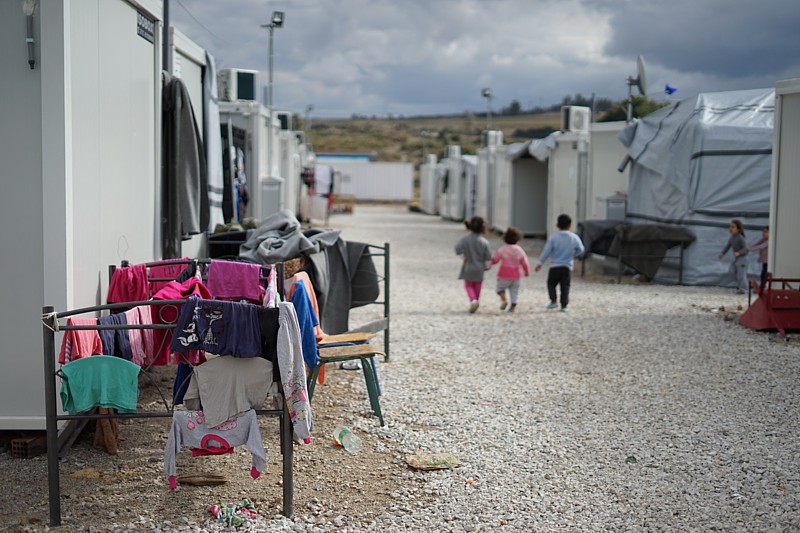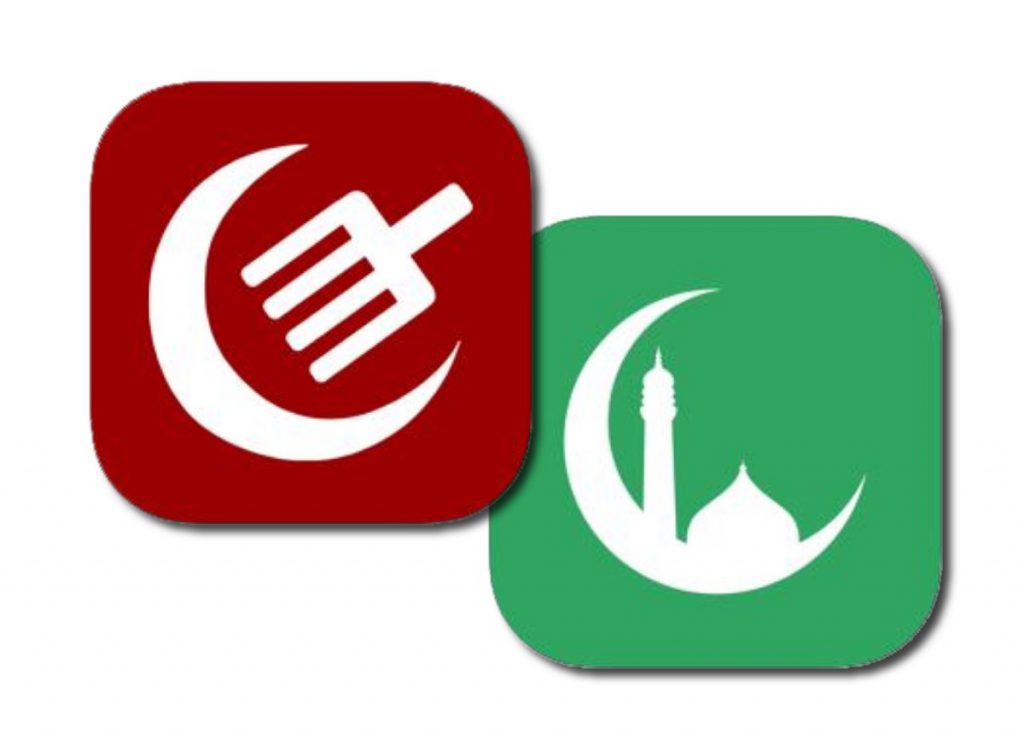Local Awareness
“The second most important commandment says: ‘Love others as much as you love yourself.'” Matthew 11:31a CEV
Meeting Your Muslim Neighbors
Welcome refugees
“Nobody from the mosque has ever visited our home. The people from the church come to see us.” This is what a refugee family from the Muslim world said to some of our church’s English as a Second Language (ESL) ministry volunteers.
When our church started an ESL ministry a few years ago, all of our students were refugees from Syria.
 Our Syrian friends became very dear to us through the English classes and other activities, home visits, appointments we drove them to, etc. They were later joined by Iraqi refugees and then the program became more and more diverse, when some from Vietnam, the Congo, and China also came.
Our Syrian friends became very dear to us through the English classes and other activities, home visits, appointments we drove them to, etc. They were later joined by Iraqi refugees and then the program became more and more diverse, when some from Vietnam, the Congo, and China also came.
Some of our volunteers had never spent much time with Muslim people, so it was exciting to see them going in to the homes of our new Muslim international friends when dropping them off after classes. Drinking tea with Muslim people was a new experience for them.
If you were to ask me, “How have you met the Muslim people who are now your close friends?” I would have to start making a mental list of all the ways! Still, one of the most heartwarming ways is certainly through ministry to refugees from the Muslim world.
To get up to speed on refugee ministry, we suggest the following organizations and sources:
World Relief: https://worldrelief.org/
World Relief Church Leader’s Tool Kit: https://worldrelief.org/church-leaders-toolkit/
World Vision: https://www.worldvision.org/
Visiting a Mosque Suggestions:
- Show your respect for the mosque leadership by calling or visiting before the actual mosque service. The Friday prayer service typically begins sometime after 1:00 p.m. and lasts until 2:30 or 3:00 p.m. Our efforts to make contact in this way have been well received, resulting sometimes in an unofficial “guide” or “host.”
- Dress conservatively. You will feel more comfortable and you will communicate respect for Muslim people and their sensitivities. Women should not wear tight clothing, short sleeves, or other revealing apparel. Long skirts or long shirts covering their bodies work well. During prayer women are expected to cover their heads. Men should wear long pants. Many Muslim men wear long sleeved shirts as well, a good model for visitors to follow.
- Remove your shoes before going into the prayer area. In some mosques, visitors are asked to wash as Muslims wash before prayer, though we have not found this to be common. There is no harm in performing these ablutions (washings) but we refrain from taking part in the prayer ritual, sitting at the back instead during the time the Muslims are praying.
- Be prepared for men and women to be separated, usually even entering the mosque through separate men’s and women’s entrances. A woman who visits a mosque will probably be more comfortable when accompanied by at least one other woman. The same is true for a man.
- Spend significant time in prayer before attending a service at a mosque. Ask the Lord to help you to connect with a Muslim person there and to be able to begin a relationship that leads to opportunities for conversation. Pray for the Lord’s wisdom and grace, and for the attitudes of Christ to impact people through you.
We also suggest “Etiquettes of Visiting a Mosque”: http://www.icnm-abq.org/pages.php?pageid=42§ionid=9
Al-Farooq Masjid photo credit: Rafiq Hamid, June 2017/Google Maps Images
 Another great way to meet Muslim people is by visiting a mosque.
Another great way to meet Muslim people is by visiting a mosque.  Try the Zabihah app or website to find restaurants, markets, and mosques near you:
Try the Zabihah app or website to find restaurants, markets, and mosques near you: